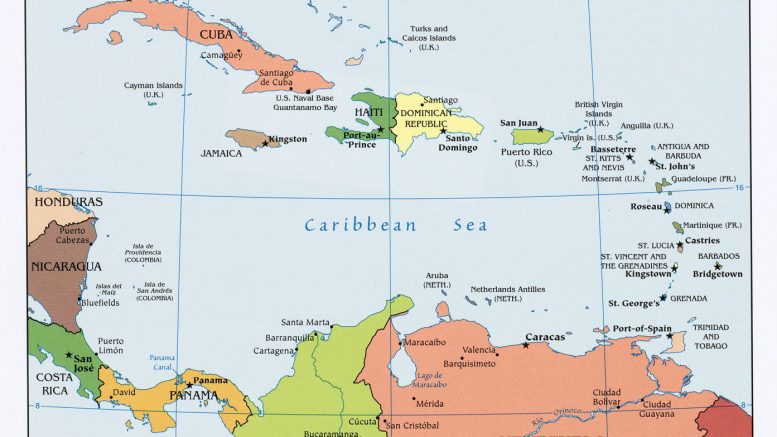Radical Islam in the Caribbean Basin: A Local Problem or a Global Threat?
Introduction
On June 2, 2007, U.S. federal authorities announced that they broke up an alleged terrorist plot by four Afro-Caribbean converts to Islam and radical Muslims from Guyana and Trinidad & Tobago, to blow up fuel tanks and pipelines at John F. Kennedy International Airport. The plot was in its planning stages, and had been followed by the FBI for 16 months. Despite not being close to completion, the intention of the plotters was to create maximum havoc and destruction, hoping that the fuel dumps would then destroy terminal buildings and aircrafts on the ground.[1]
The exposure of this plot has brought to the fore the issue of the domestic threat posed by radical Muslims from the Caribbean and, thus, by radical Islam acquiring a foothold in the Caribbean basin, a geographical area which is located in the US backyard.
The Caribbean Basin is formed out of 31 countries, which are classified linguistically into four regions including 19 English-speaking countries, 5 French-speaking countries, 3 Spanish-speaking countries, and 4 Dutch-speaking countries. Out of a total population of about 35 million, only about 300,000 are Muslims. Small concentrations of Muslims can be found all over the Caribbean basin. However, the largest Muslim populations are in the English-speaking countries of Guyana, where they comprise approximately 13% of the overall population; and Trinidad & Tobago, where they comprise approximately 8% of the overall population; as well as in Suriname, which is a Dutch-speaking country, where there are nowadays about 120,000 Muslims, who comprise approximately 28% of the overall population.[2]





Be the first to comment on "Radical Islam in the Caribbean Basin: A Local Problem or a Global Threat?"